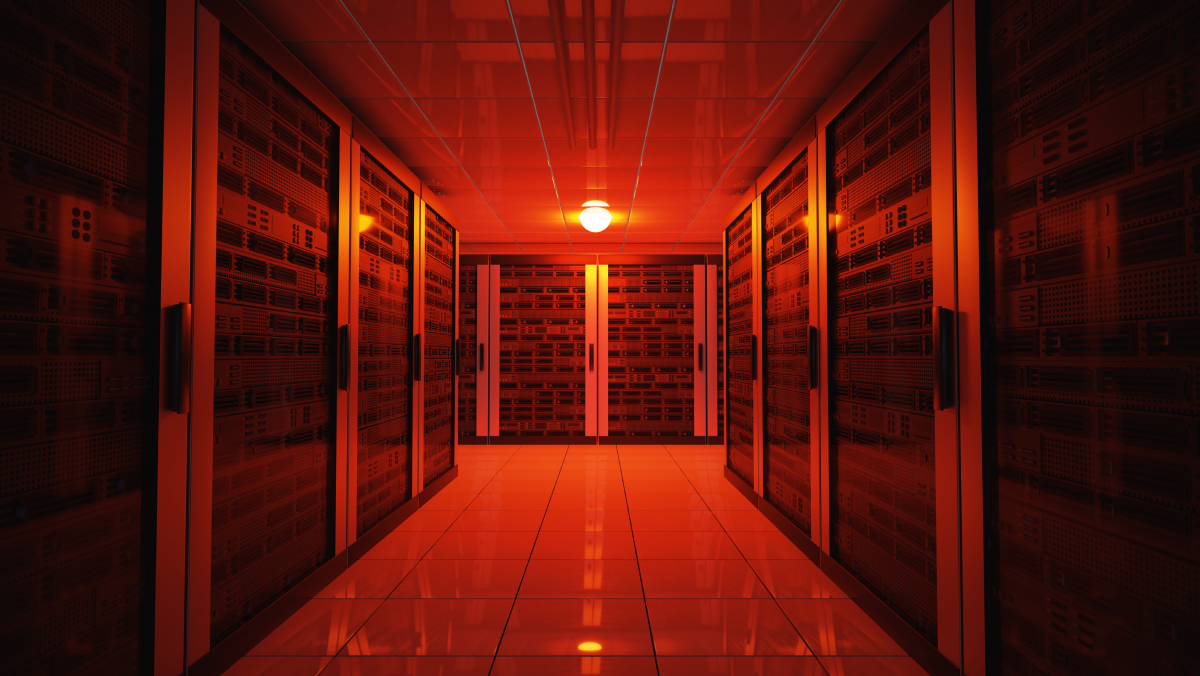Mark Fenton, Senior Product Marketing Manager at Cadence, explores how data centre managers can run their facilities at hotter temperatures to reserve energy supplies and save on both running costs and the planet.
Historically, controlling risk was the primary focus for data centre managers. To keep risk at a minimum, cooling would be over-provisioned. But with the on-set of the energy crisis and as cost became a prohibitive factor, this began to change.
Now, legislation has made energy efficiency an even greater focus for managers, placing it on a more equal footing with risk. This evolution has led to the realisation that facilities must be run more efficiently while keeping the equipment at a safe level. Raising data centre temperatures is one way this can be achieved, and digital twins play a key role in making this possible.
Running hotter has its benefits
Running facilities at increased temperatures achieves notable energy savings while minimizing operating costs. Whatever the cooling technique used, whether it’s chilled water to CRAH units, indirect or direct adiabatic cooling, or a modern liquid cooling approach, running the data centre warmer means the system has to work less hard. This results in lower energy use and significant savings.
In addition, the warmer the data centre, the more free cooling hours that can be used, where
low air temperatures from outside the facility allow the facility to run without using backup mechanical cooling.
These techniques will be vital in enabling facilities to meet sustainability goals, such as those set out in the EU Corporate Sustainability Reporting Directive, which applies to approximately 50,000 large companies and SMEs.
Tropical data centres have already proven what’s possible
Those hesitant to trial higher temperatures should be reassured to know that a tropical data centre project, carried out in Singapore, has already illustrated the feasibility of the practice.
The project looked at the practicalities of operating facilities under tropical conditions in response to the ASHRAE standard being unsuitable for these regions because of the extreme humidity and external temperatures. The researchers studied the longevity of hardware under these conditions and the potential energy savings. They found that although the hardware replacement cycle may be shortened, these costs would be outweighed by the noteworthy energy reductions.
Based on their findings, the Singaporean government produced a new sustainability standard. It outlines how data centre managers can gradually increase operating temperatures to 26°C and above, and that every 1°C temperature increase could generate a 2-5% reduction in energy consumption resulting from cooling.
Leveraging a digital twin to make the practice safe
As facility managers look to increase their operating temperatures, they should consider using digital twin technology to ensure the changes don’t adversely affect their physical equipment and present a performance risk for the organisations reliant on them.
This is vital as there are some risks associated with running data centres at higher temperatures, notably around chip performance and throttling. The significance of the effects depends on chip type, hardware configuration, and workload. If we take the last factor as an example, increases in temperature could prohibitively slow operations in time-critical applications, such as those involved in high-frequency trading. As such, allowing the equipment to get warmer would be impractical.
However, for something like an email server, marginally slower performance caused by raised temperatures would not noticeably impact performance. It is also worth noting that as inlet temperatures increase to IT, the fan speeds inside the devices are likely to pull more airflow through the electronics. This means that the data centre will use more power to run the IT, so a balance is required to find the perfect sweet spot.
Using a data centre digital twin – a 3D virtual replica of the facility – managers can gain a comprehensive understanding of how equipment is being affected by the additional heat. Armed with this insight, they can address potential issues before they have a chance to negatively impact performance. In addition, simulations and real-time data can empower managers to pre-emptively monitor and manage threats related to over-heated equipment, including downtime and fires.
Hotter data centres are the future – let’s embrace it
With the cost of energy set to remain high and government and regulatory bodies increasing their emphasis on sustainability standards, increasing the temperature at which facilities are run will be essential to meeting efficiency demands. The Singaporean tropical data centre project illustrates that this is possible, so the question now is how to safely turn this new practice into reality. Digital twins can play a vital role in this process, enabling managers to effectively balance their comfort levels over the risk with the significant environmental and financial benefits.


